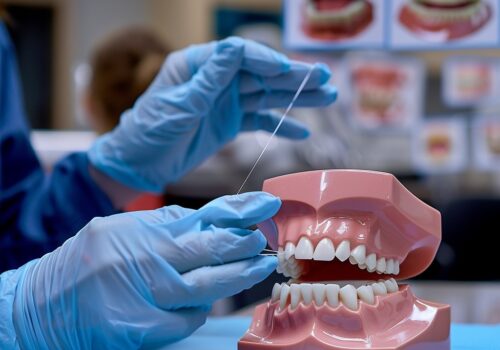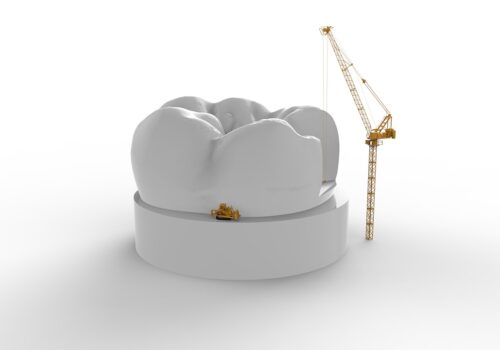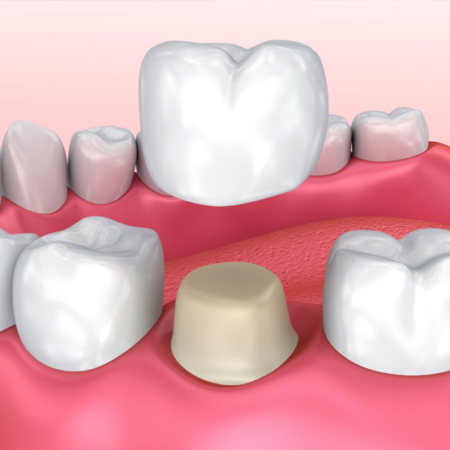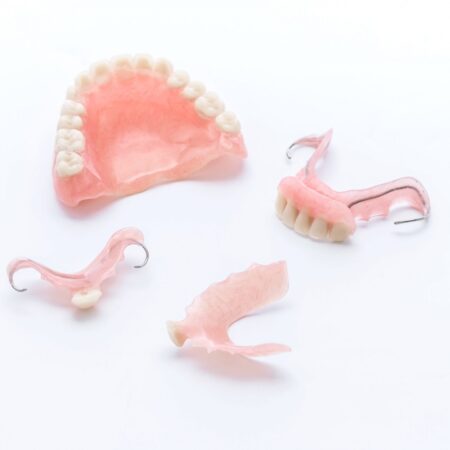What Are Dental Implants? Everything You Should Know

People can lose teeth for various reasons, including infection, decay, trauma, and fractures. One solution to replace a missing tooth — or several missing teeth — is with dental implants.
While dental implants are a high-quality and long-lasting solution, they can also be a financial burden. For instance, the average cost of a single implant is around $2,440, while a full or partial set of implants can range anywhere from $20,000 to $45,000. What’s also challenging is that the dental implant procedure is often considered cosmetic, meaning many dental insurance carriers won’t cover it.
However, dental implants can be more affordable when you join a dental savings plan, an affordable alternative to dental insurance. Keep reading to learn more about dental implants and how a dental savings plan can help mitigate the cost of this procedure.
What Are Dental Implants?
A dental implant is a metal, screw-like post that a surgeon fuses to the jawbone, replacing the tooth’s natural root. Dental implants provide a strong foundation for replacement teeth that are made to look and feel like your natural teeth.
What Are the Three Types of Dental Implants?
Here are three types of dental implants you can choose from:
A Single Implant
A single implant — also known as an endosteal implant — consists of the implant itself, the abutment, and the crown. First, the dental implant is fused into your jaw under the gumline. Then, a device called the abutment is placed on top of the dental implant. Finally, a custom-made crown — or the replacement tooth — connects to the abutment, completing the dental implant.
A Dental Bridge
When you have several missing teeth next to each other, your best option might be a dental bridge. A dental bridge usually comprises two crowns on either side of the gap — i.e., abutment teeth — with an artificial tooth or teeth in between. The two crowns are fused to dental implants, while the teeth missing in between aren’t connected to implants. Once the bridge is complete, it can help restore your bite, maintain the shape of your face, and prevent your remaining teeth from drifting out of place.
An Implant-Detained Denture
If you’re missing most of your top or lower teeth, you may want to consider implant-detained dentures. Dentures rest on your gum line and give you the appearance of a complete set of teeth. Traditional dentures are removable, meaning they can slip, slide, and fall out of your mouth. To fix this problem, you can surgically fuse your dentures to your gum line with implants.
The Benefits and Risks of Dental Implants
Take a look at the benefits and risks of getting dental implants:
Benefits
- Restores bite force
- Improves cosmetic appearance
- Maintains the shape of your face
- Helps keep adjacent teeth stable
- Helps prevent your jawbone from shrinking due to bone loss
- Supports the health of your surrounding bone and gums
Risks
- Implants to replace your top teeth can penetrate into the sinus, potentially causing discomfort or infection
- Injury during surgery, such as a fracture of the surrounding jawbone
- A risk of infection if you don’t keep your incisions clean as they heal
- Damage to the surrounding teeth or blood vessels during the dental implant surgery
- Gum recession around the implant, which can lead to inflammation and pain
- It is always best to consult your dentist regarding possible risks.
You can also read / How Dental Mouthguards Can Solve Your Jaw Pain.














Pingback: Do I Need Cosmetic Gum Surgery? - UDENZ - MENA DENTAL PLATFORM